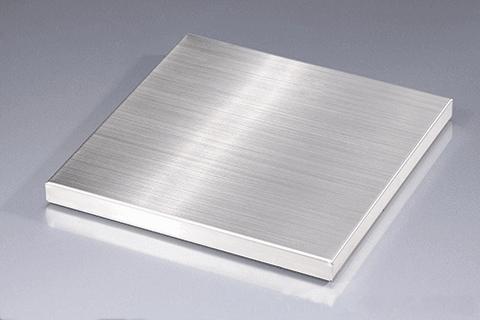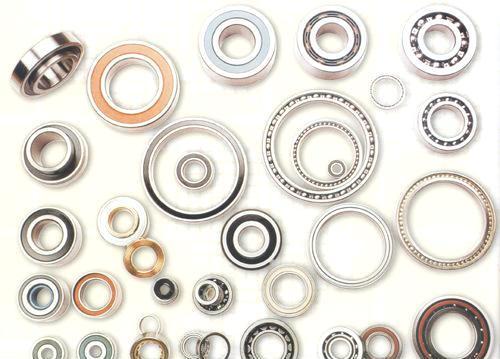Ball bearings and roller bearings are available in a variety of different materials. When using bearings, choosing the correct bearing material can greatly optimize bearing performance and extend service life. In this technical article, Vaughn examines the most commonly used materials. Bearing steel and introduces how to choose, I hope it can help you.
1. SAE 52100 chromium steel. This bearing steel is the most common material for load-bearing components in precision ball bearings, roller bearings and tapered roller bearings. This steel has a high carbon content and approximately 1.5% chromium. Through controlled machining and heat treatment methods, engineers create to produce finished bearing components that are strong enough to resist cracking and sufficient to resist rolling contact fatigue beneath the bearing surface.
2. Ultra-clean 52100 chromium steel. The raw steel used to produce high-precision microbearings is processed through an additional smelting step to produce a steel with a uniform fine-grained material structure, ultra-clean 52100 chromium steel, which makes the bearing contact surface extremely Smooth and therefore very quiet in operation. In addition, chromium steel can be hardened and heat treated in a temperature-controlled gas furnace to produce bearings that can operate at continuous temperatures up to 120°C.

3. Bearings are made of stainless steel. Stainless steel is a very commonly used steel. Chromium is added to the steel. Chromium reacts with oxygen to form a layer of chromium oxide on the surface. This substance has stable chemical properties and provides good protection for the steel in it. Bearings are added with stainless steel. Nickel has a higher chromium content (about 18%) and is therefore more resistant to surface corrosion.
4. Martensitic (AISI 440C) stainless steel. The carbon content in 400 series stainless steel is high enough to be hardened using standard heat treatments up to Rc58, and at lower hardness, bearings made from this material have a load carrying capacity that is 20% lower than 52100 chromium steel bearings. It is important to note that this steel is magnetic due to the carbon content.
5. Martensitic (ACD34/KS440/X65Cr13) stainless steel. Many small bearing manufacturers use stainless steel materials to make bearing rings and bearing balls. Its carbon and chromium content is slightly lower than AISI 440C. Its names include ACD34, KS440 and X65Cr13. This material has smaller carbides after heat treatment, so The bearings will have excellent low noise characteristics while providing the same corrosion resistance as 440C.

Martensitic stainless steel can be modified by reducing the carbon content during raw steel processing and introducing nitrogen as an alloying element. Nitrogen increases the saturation of chromium, and the chromium is converted into chromium nitride instead of chromium carbide. The result is an excellent microstructure High-strength, high-hardness steel that can extend fatigue life by 100% (i.e. double service life) in some applications.
6. Austenitic (AISI 316) stainless steel. Bearing components made from 300 series stainless steel materials have higher corrosion resistance and are non-magnetic due to their low carbon content, however, this material cannot be hardened so the bearings can only operate at low loads and speeds.
7. Other 300 series stainless steel used for bearing accessories. Bearing shields, sealing washers and cages are sometimes made from AISI 303 or AISI 304 stainless steel, which have moderate corrosion resistance and higher plasticity, making them more suitable for being formed into a variety of shapes.





